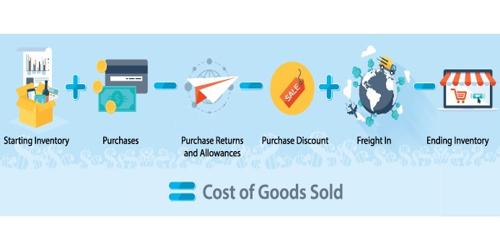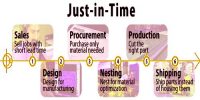Cost of goods sold (COGS) refers to the carrying value of goods sold during a particular period. Costs are associated with particular goods using one of several formulas, including specific identification, first-in-first-out (FIFO), or average cost. Costs include all costs of purchase, costs of conversion and other costs incurred in bringing the inventories to their present location and condition. Costs of goods made by the business include material, labor, and allocated overhead. The costs of those goods not yet sold are deferred as costs of inventory until the inventory is sold or written down in value. The cost of goods sold is reported on the income statement and should be viewed as an expense of the accounting period.
The exact costs included in the COGS calculation will differ from one type of business to another. The cost of goods attributed to a company’s products is expensed as the company sells these goods. There are several ways to calculate COGS but one of the more basic ways is to start with the beginning inventory for the period and add the total amount of purchases made during the period, and then deducting the ending inventory. This amount includes the cost of the materials used in creating the good along with the direct labor costs used to produce the good. This calculation gives the total amount of inventory or, more specifically, the cost of this inventory, sold by the company during the period.
To calculate the cost of goods sold during the year, this formula is used:
COGS = Beginning Inventory + Purchases during the period – Ending Inventory.
















